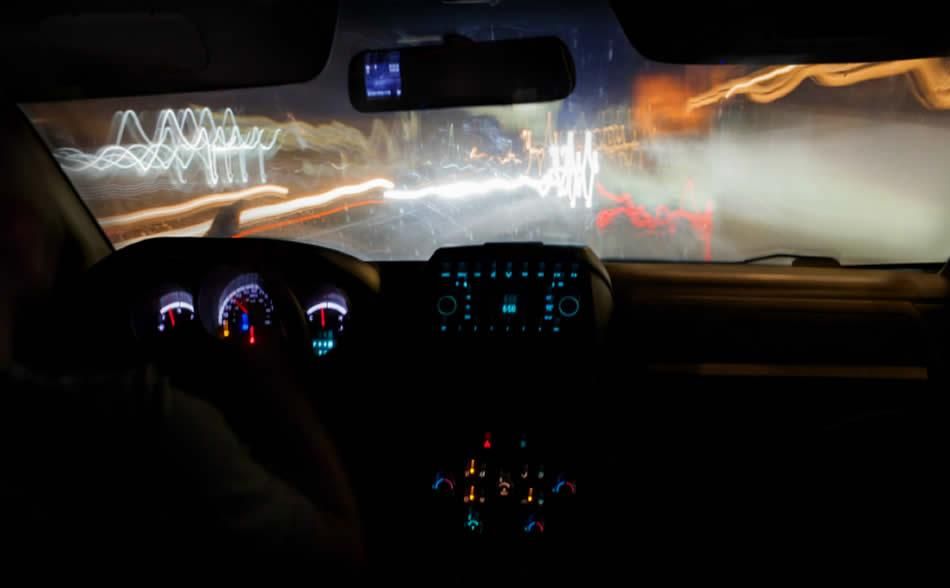Improve your drivers’ behaviour and make it a habit

A GPS tracking system can help us a lot in creating positive behavioural habits for our drivers. Read on to find out how to improve your drivers’ behaviour and make it a long-lasting habit.
Creating Positive Habits
Starting to use a GPS tracking system can greatly reduce our company's expenses. Calculating the best routes and increasing the efficiency of vehicles are just some of its advantages. But this effort to increase the productivity of the company will not be complete if we do not include the drivers in the equation. Improving drivers’ behaviour can bring huge profits at the end of the year. Educating our drivers on efficient driving, fuel savings or Eco Driving can make a big difference.
There are many ways to improve the efficiency of our drivers. Thanks to a GPS tracking system we can prevent unauthorized use of vehicles. We can also monitor and improve fuel usage. We can even reduce working hours by increasing productivity during the day. But all the measures and systems that we introduce in our company serve little if these behaviours do not become habits. Doing these things should not be an obligation or punishment for drivers. They should see it as the natural thing to do, every day.
Data helps you improve drivers’ behaviour
There is a common mistake among fleet managers. That mistake consists in keeping all the data obtained thanks to the GPS tracking system to themselves. It may seem counterintuitive, but sharing system data with our drivers has many advantages. It is not necessary to give them detailed reports of the operation of the company. Analyzing these data is the work of the fleet manager. But we can share a lot of useful information with our workers to improve drivers’ behaviour significantly. Let’s see how.
To begin with, each driver should know their own statistics. Let's imagine that we want to reduce the idle time spent by our vehicles. We start by setting a goal. For example, we want vehicles to spend less than an hour of idle time a week. We analyse the drivers' behaviour for a week. Then we offer the data to our drivers. They can see when their vehicles spend idle time, on what days of the week, at what times and in what situations. Drivers can also see clearly how many minutes they have to reduce per week to reach the goal. They can even know the idle data of their peers. In this way they can compare their efforts and share pieces of advice with each other.
Working on improving drivers’ behaviour
During the following week, drivers begin to work to improve their behaviour. As fleet manager, we can use gamification strategies to encourage workers to achieve better results. Once the goal is achieved, it is very helpful to reward efficient drivers. In this way we convert a strategy that we have designed into a habit that our drivers have acquired. From this moment, all of them will work for the efficiency of the company almost without realizing it. This is because what they do will be for them the natural and appropriate behaviour.
 Fuel Control
Fuel Control Logistics Module
Logistics Module Remote downloading of tachograph data
Remote downloading of tachograph data Vehicle event management
Vehicle event management Vehicle Preventative Maintenance
Vehicle Preventative Maintenance Dispatching
Dispatching Hours of Service Control (HoS)
Hours of Service Control (HoS) Eco Driving
Eco Driving Care Driving
Care Driving Driving Control
Driving Control Field Management
Field Management Scheduled Reports
Scheduled Reports Fleet Management Control
Fleet Management Control Mobile Applications
Mobile Applications Data forwarding
Data forwarding API
API GPS Vehicle Trackers
GPS Vehicle Trackers GPS Asset Trackers
GPS Asset Trackers GPS Personal Trackers
GPS Personal Trackers GPS Satellite Trackers
GPS Satellite Trackers IoT Devices
IoT Devices +34 911 460 719
+34 911 460 719 sales@globalavl.com
sales@globalavl.com